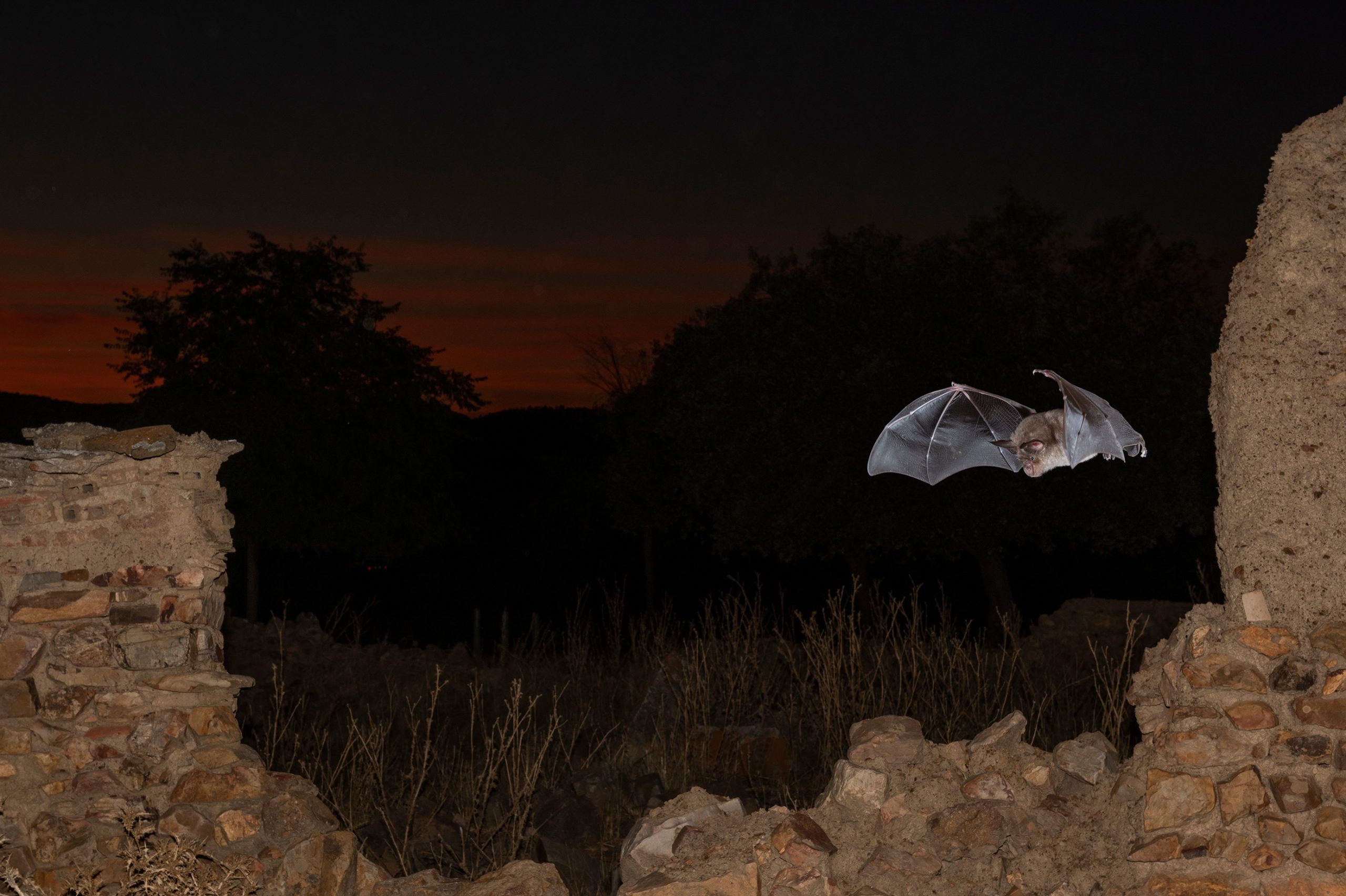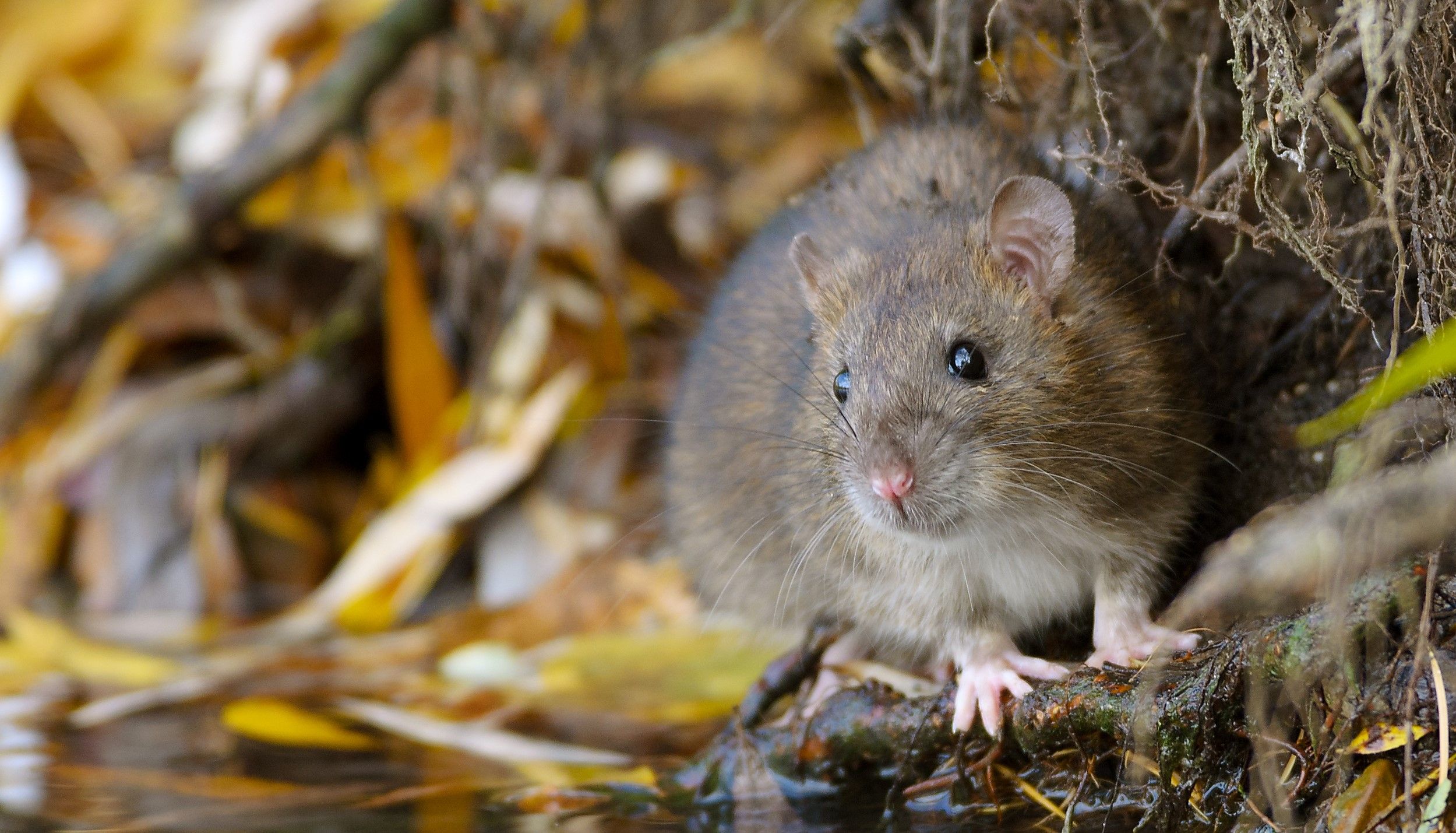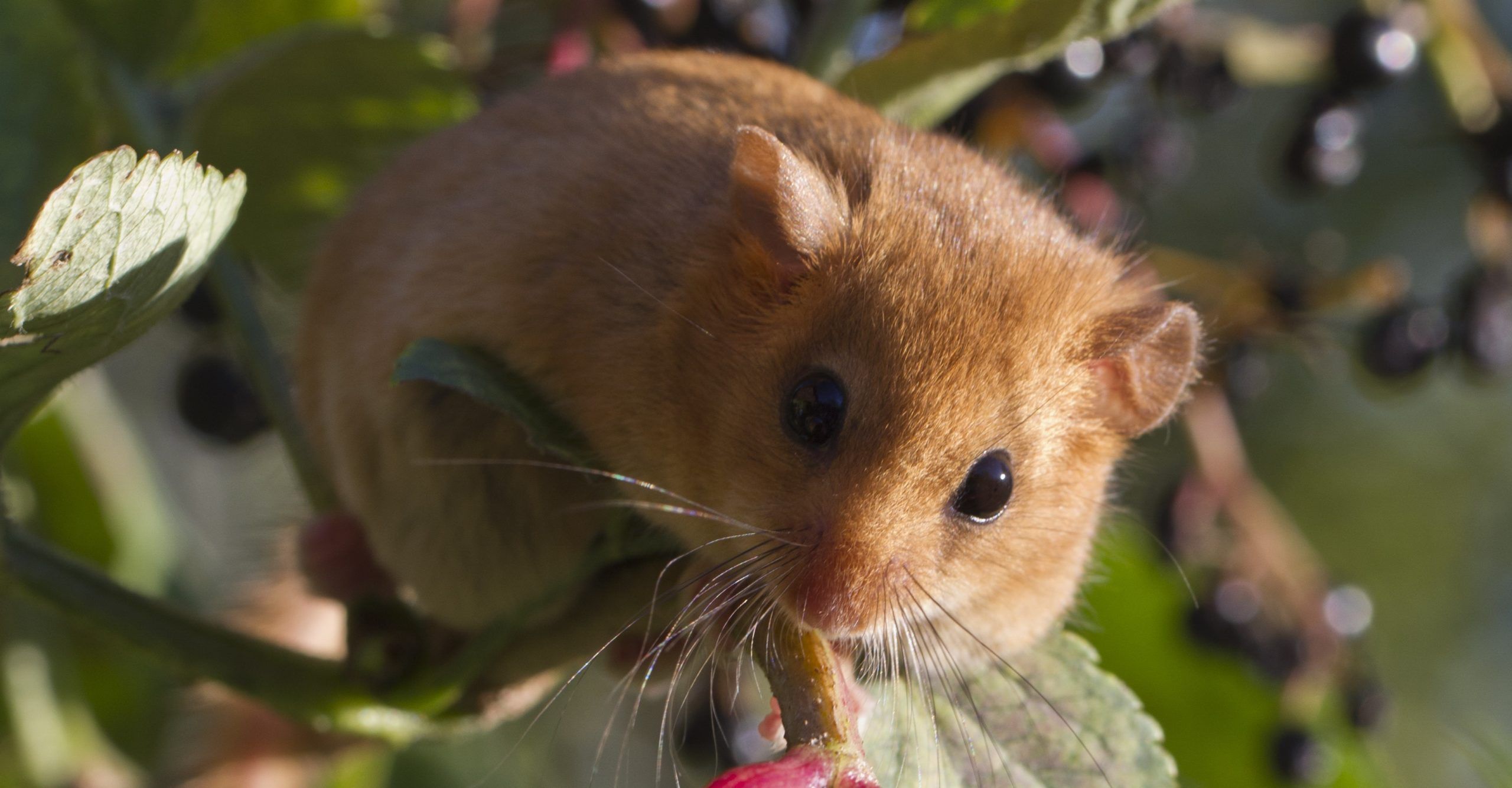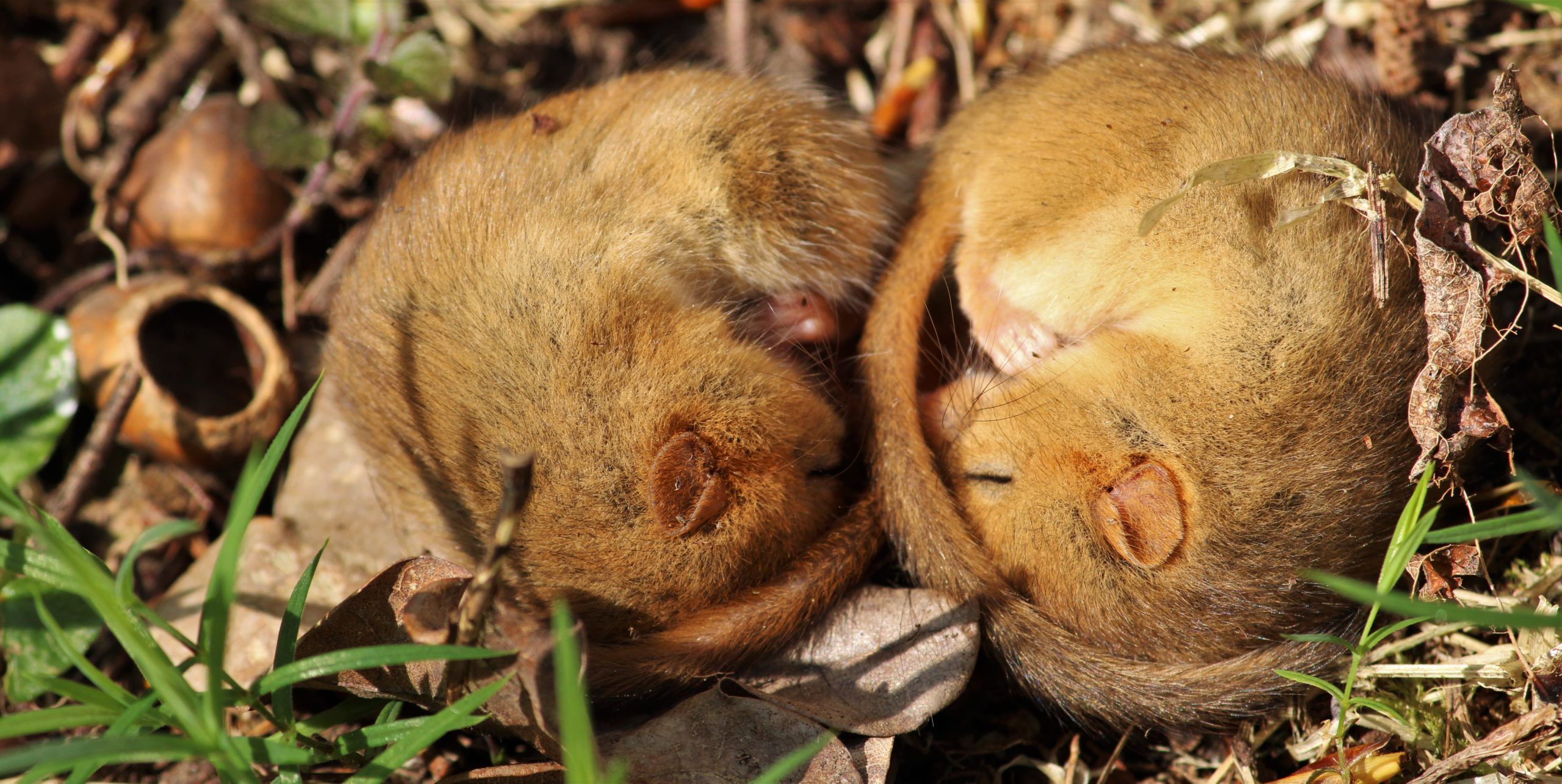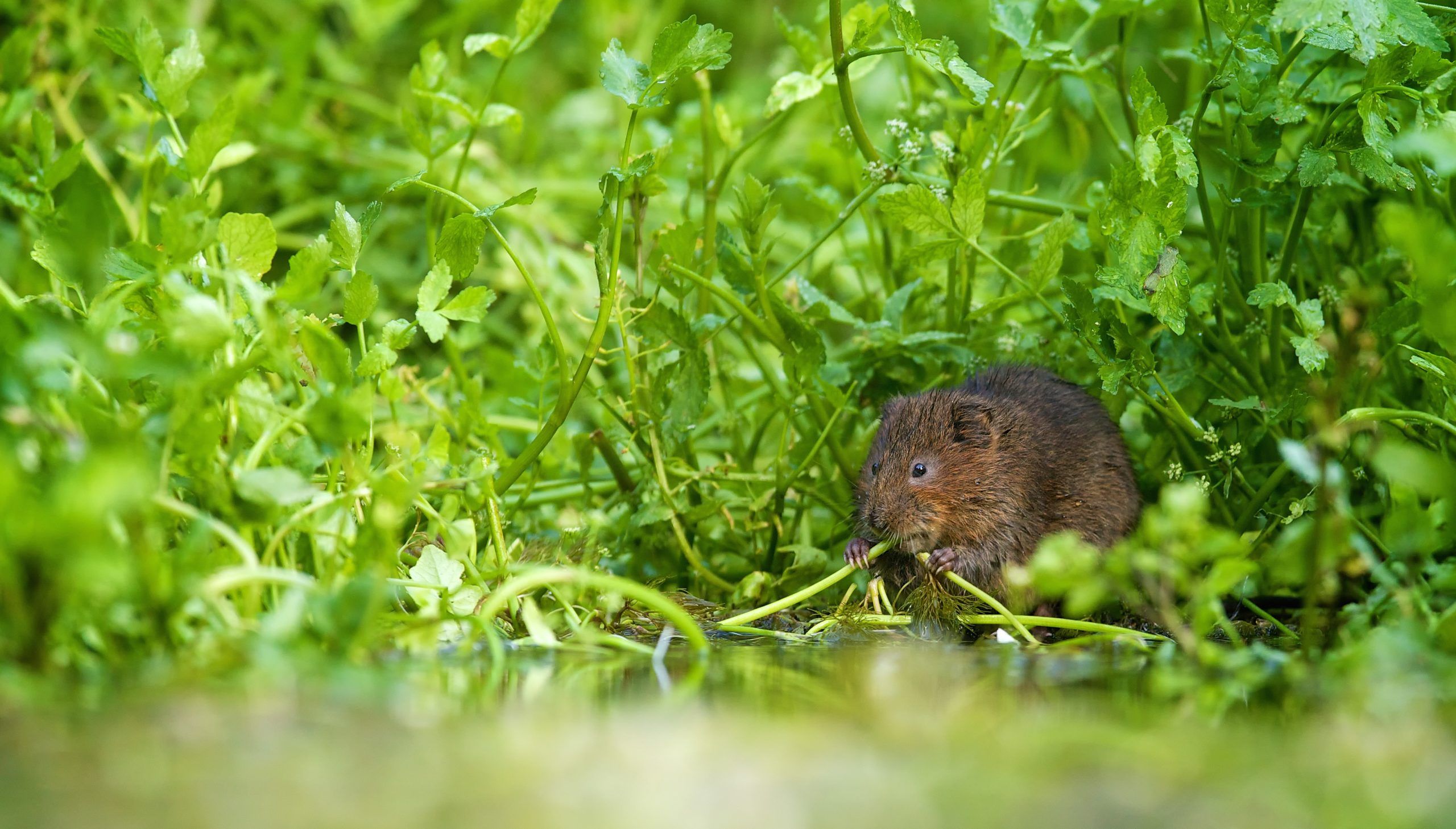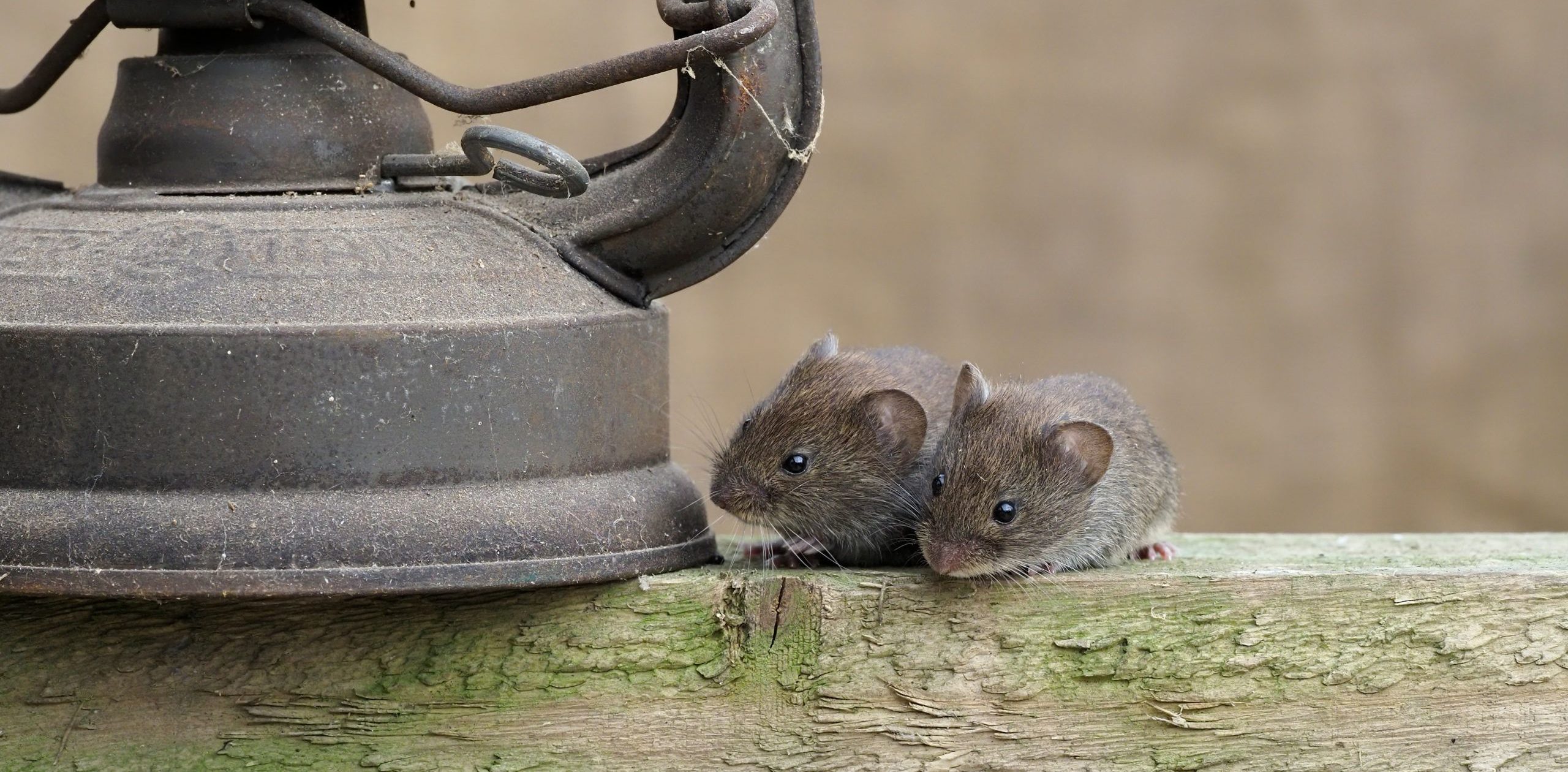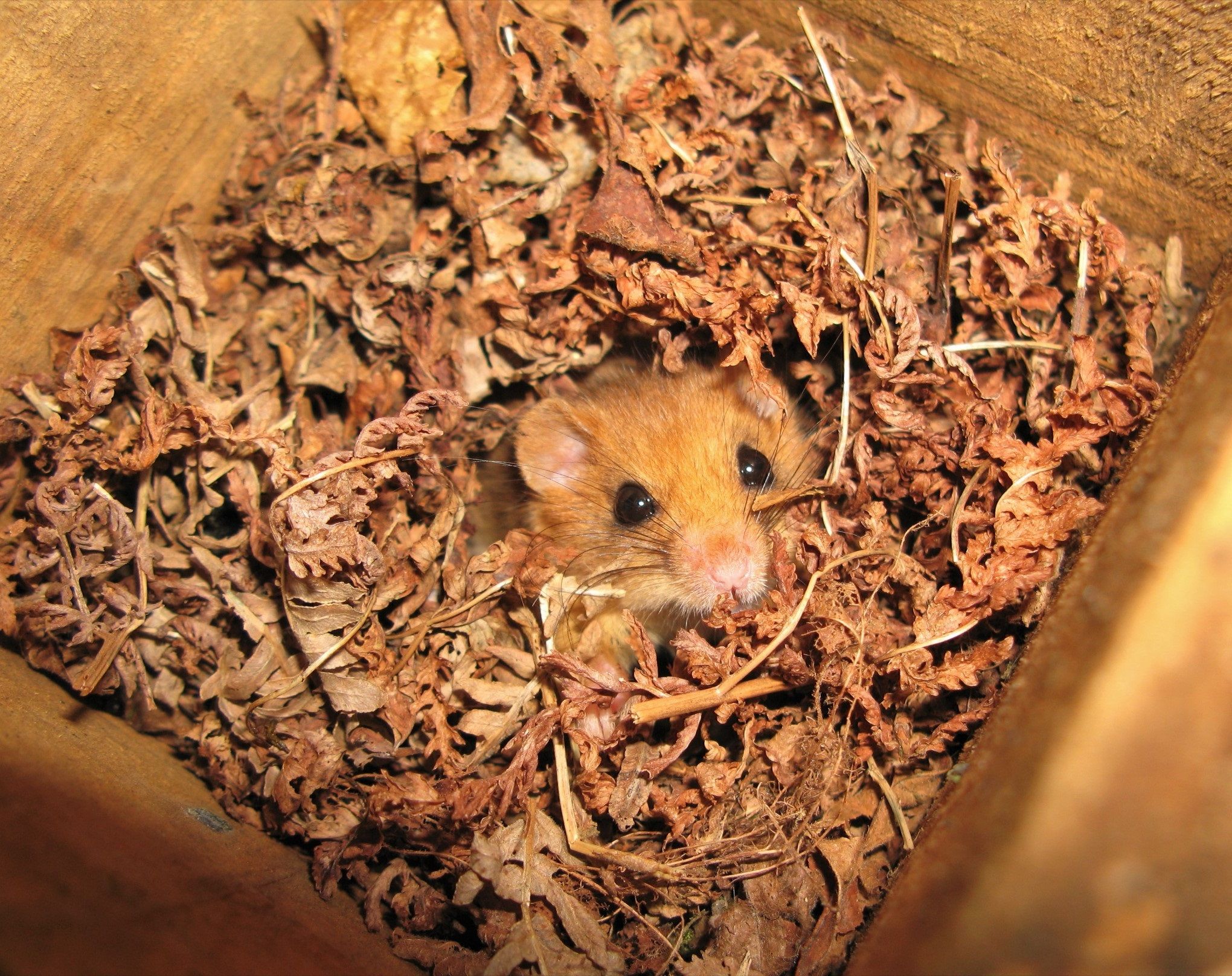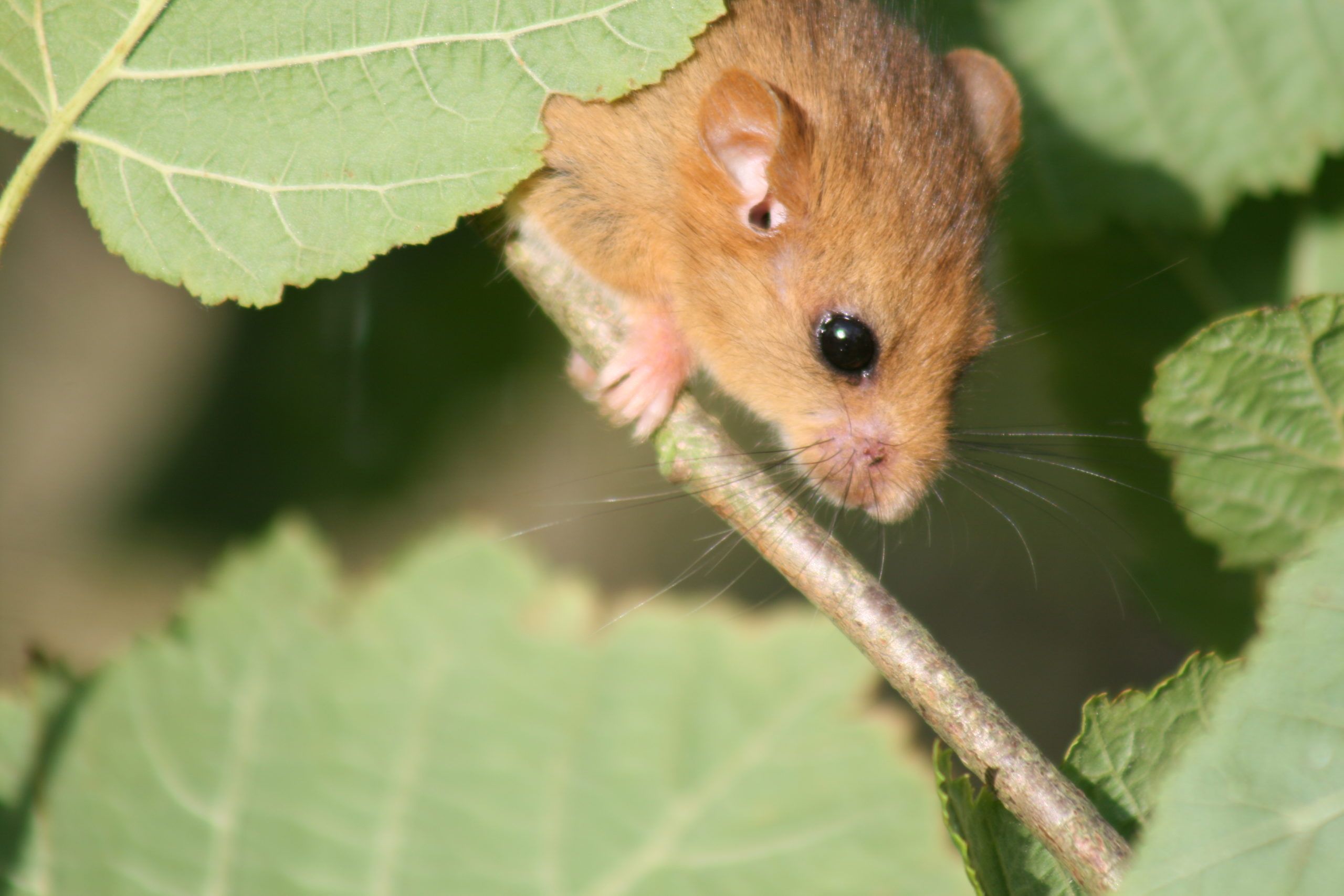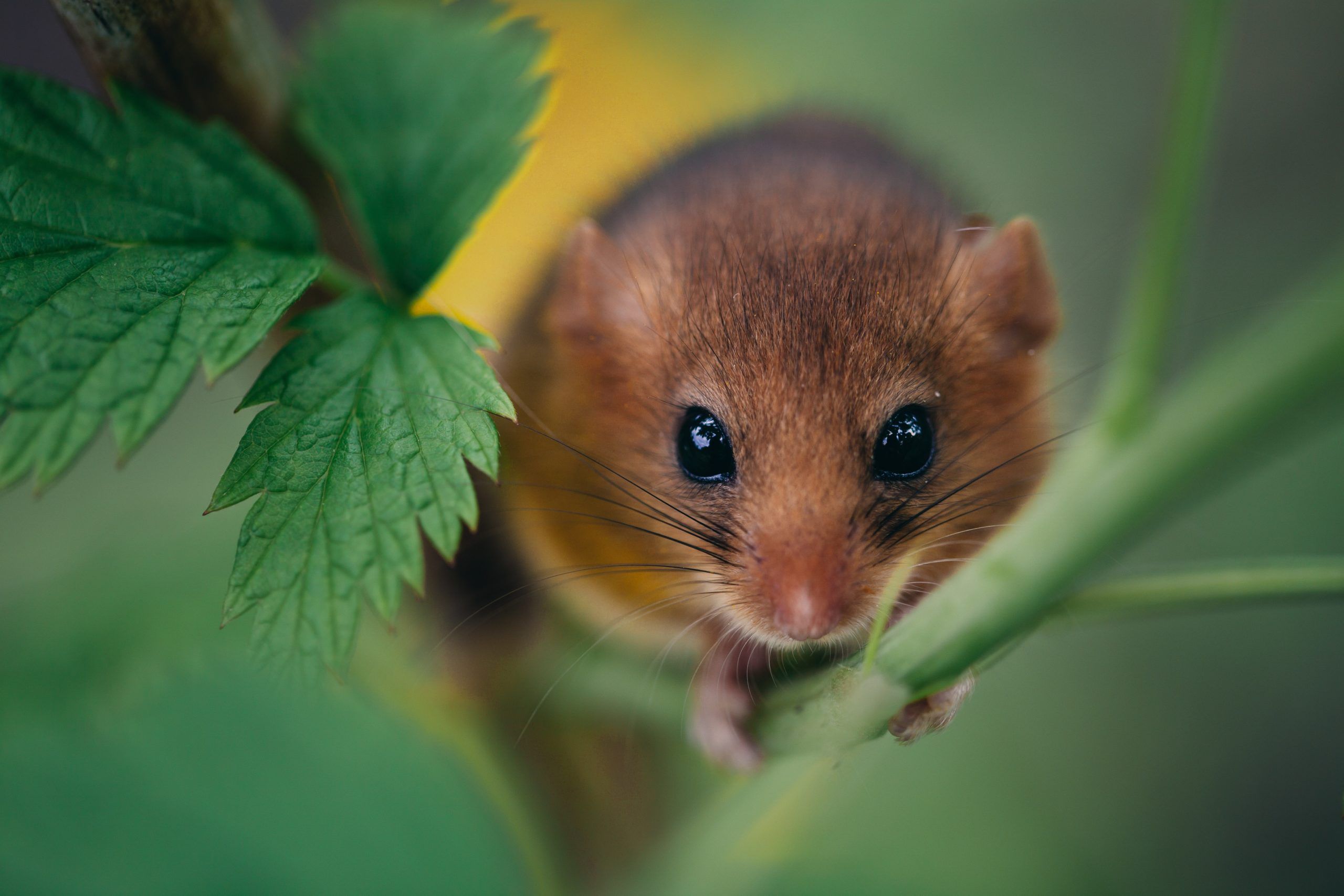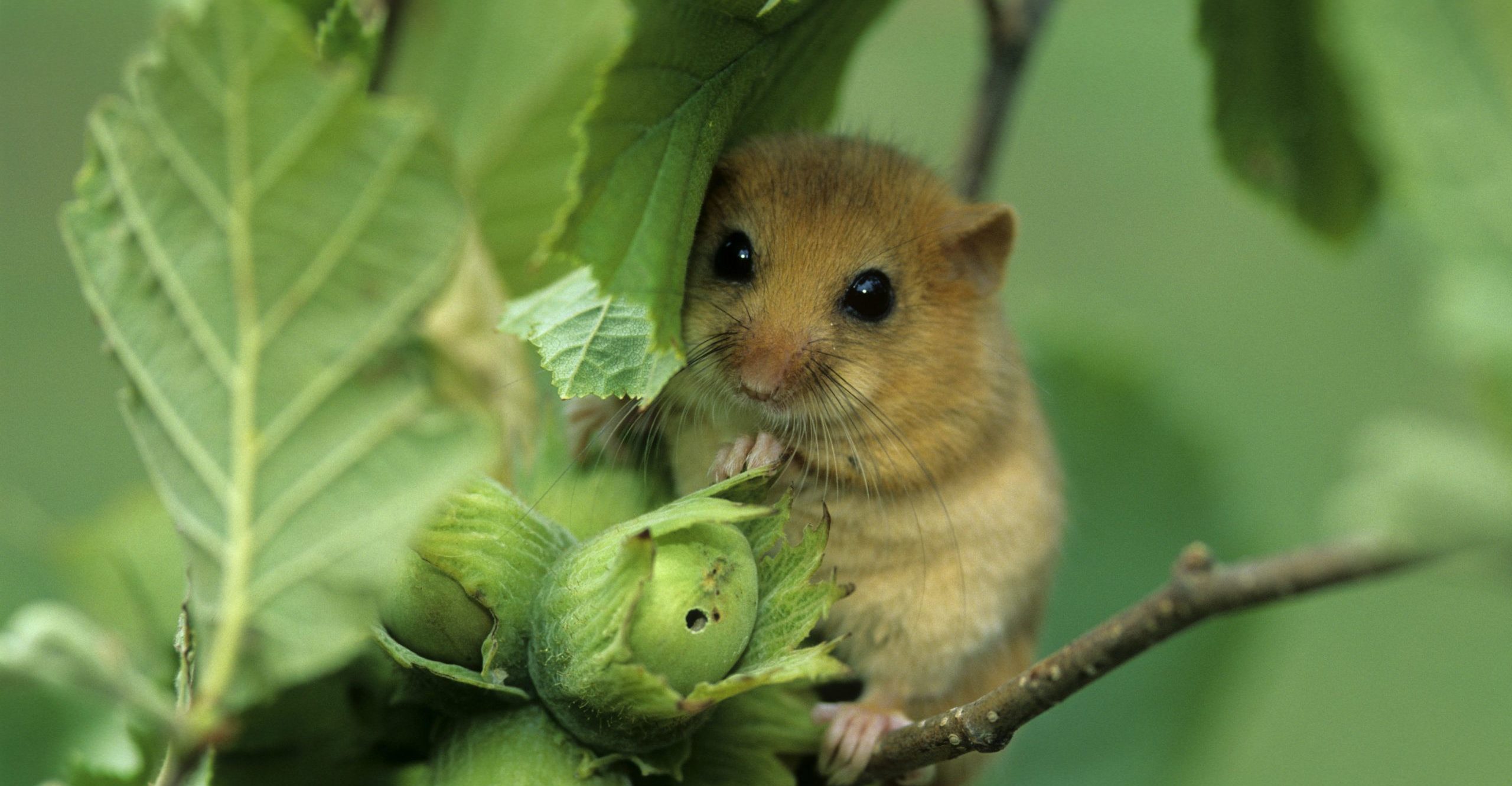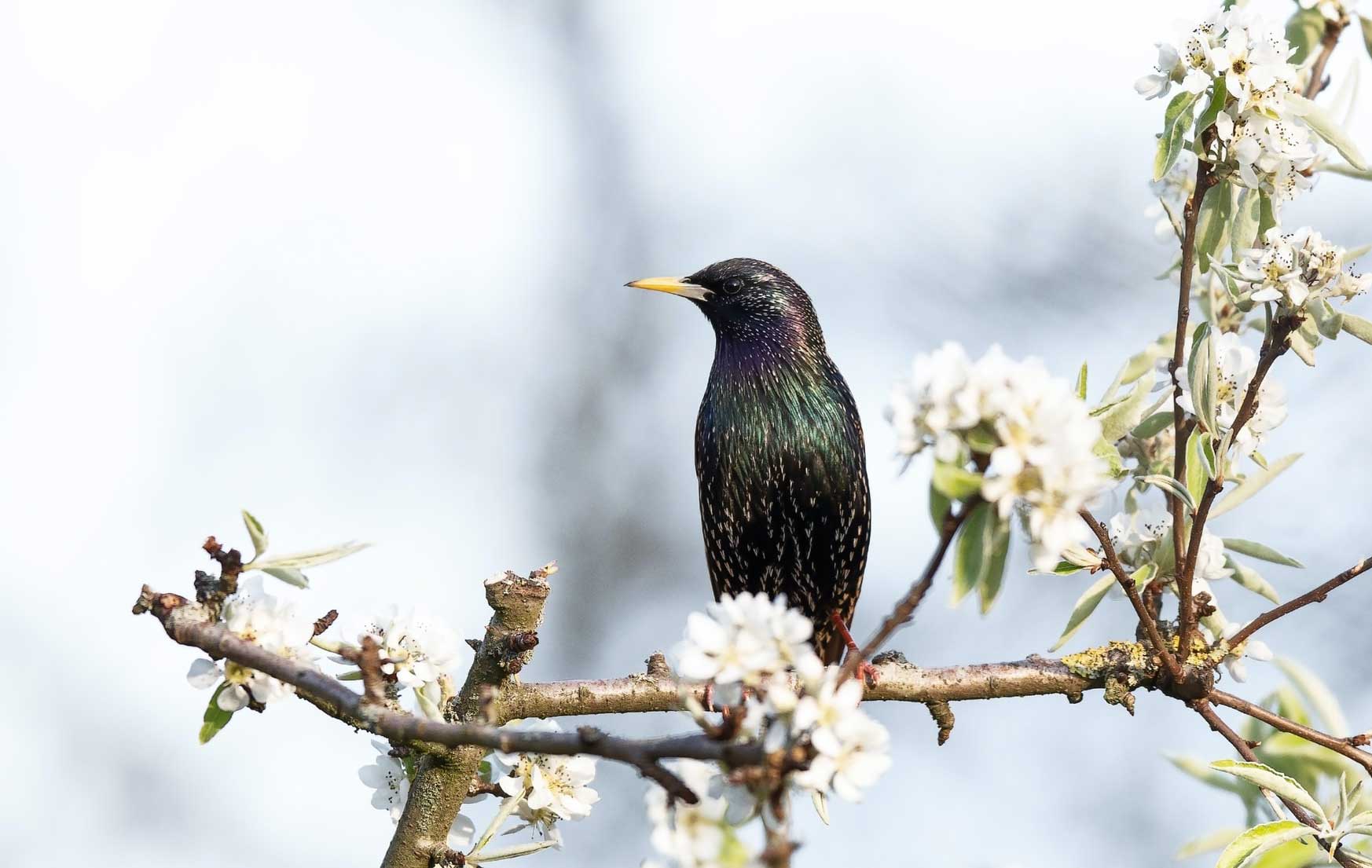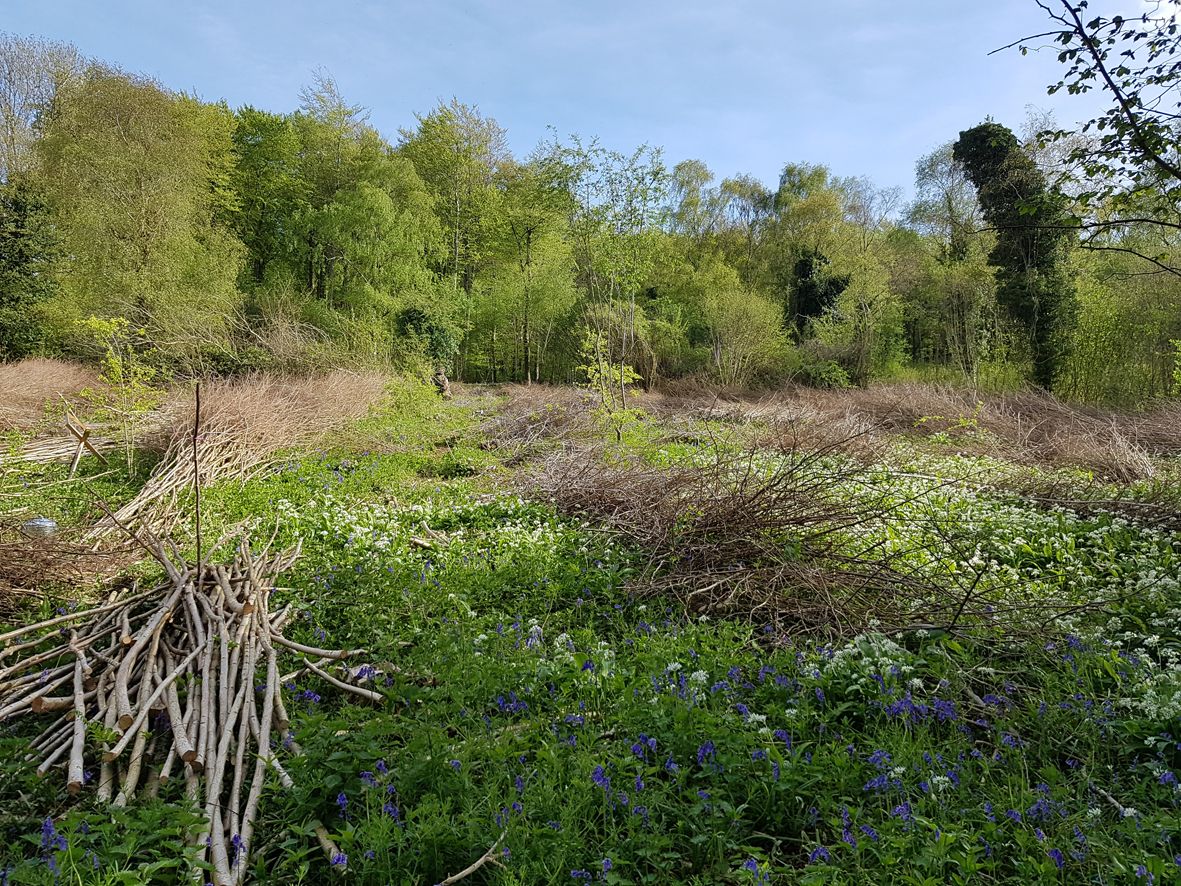Guest authors
Search by topic
Guest author, Anna Shaw, looks at the importance of insects in the diets of mammals, and what we can do to stock up our garden larder. Insects make up a …
Read article...Neighbours, however good, don’t always rub along smoothly and sometimes the attentions of our wild ones can be unwanted. But lethal pest-control methods are often indiscriminate and don’t necessarily solve …
Read article...All organisms shed DNA into the environment. Sources of DNA include mucus, hair or fur, skin, urine and faeces. This environmental DNA, or eDNA, can be extracted from samples taken …
Read article...A project at Fingle Woods A woodland conservation scheme that PTES is funding in partnership with the Heritage Lottery Fund is making new discoveries about how dormice colonise recovering habitat. …
Read article...Isabel Fry has been out surveying water voles as part of the National Water Vole Monitoring Programme, which PTES runs every year. Find out more about the programme and get …
Read article...It’s that time of year again when spring is upon us. The birds are singing in the trees, the bees are buzzing in the meadows and all around us there …
Read article...Hazel dormice build different nests for different purposes: hibernating, breeding or just resting. Sometimes they don’t build a nest at all. But the different types of nests they do build …
Read article...Voles, rats, shrews, mice, and hazel dormice can be difficult to study. Their size and behaviour make them hard to find and, living predominantly in the shrub layer and being …
Read article...You might stumble upon a slightly frazzled looking person in a tatty woolly hat and a big purple jacket held together in places by duct tape. She may well be …
Read article...Ian Powell and the Arun Countryside Trust Few people know the woods on Tortington Common in West Sussex as well as Ian Powell. A local man, interested in natural history, …
Read article...Birdsong can play a crucial role in tackling post lockdown re-entry anxiety this spring. Though experts warn over 90% of some songbird species have disappeared from the UK, partly due …
Read article...Pete Etheridge writes about the importance of coppicing for woodland conservation and biodiversity. A decline in coppicing Coppicing has been practised in the UK for hundreds (if not thousands) of …
Read article...
